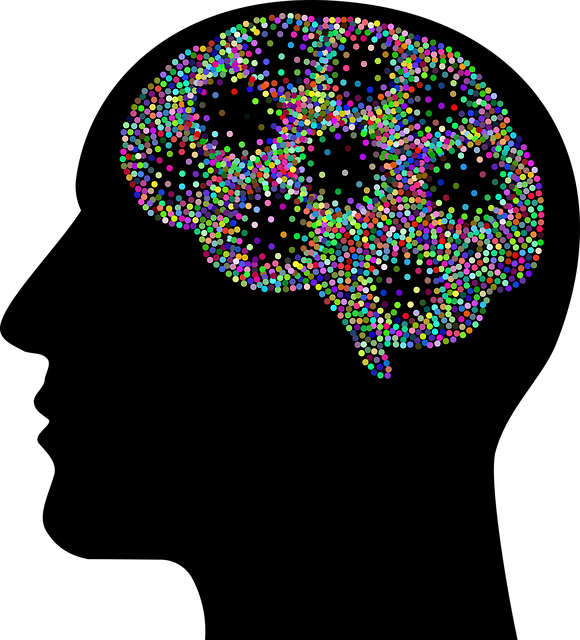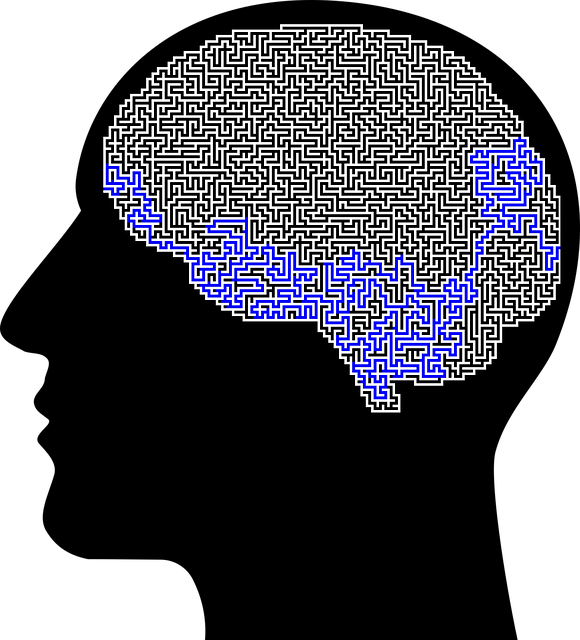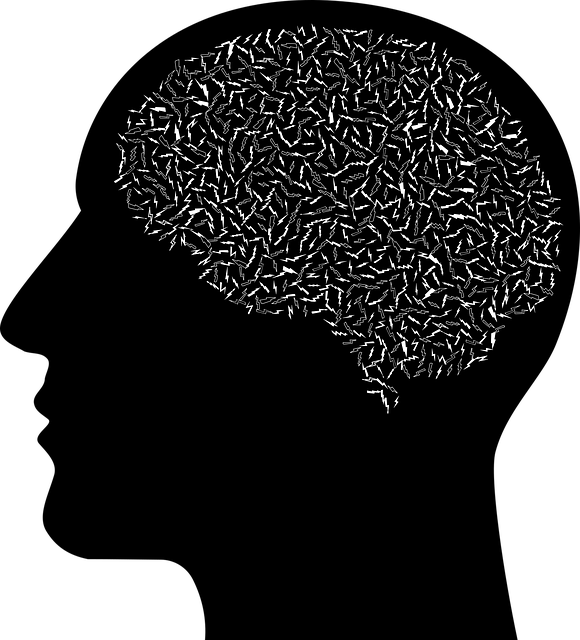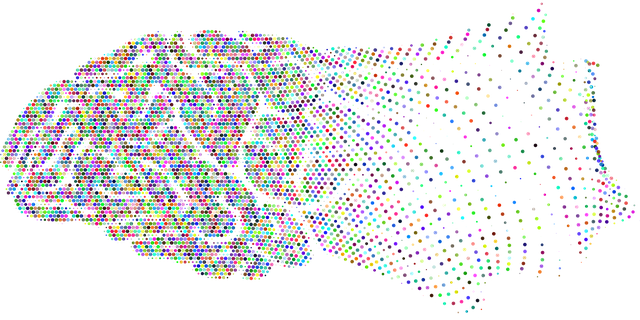Lafayette Gambling Therapy (LGT) public awareness campaigns are key to combating gambling addiction, offering a two-pronged approach: education and therapeutic interventions. By targeting individuals and communities, LGT educates about risks, dispels myths, and encourages early intervention through relatable narratives and success stories. Using diverse media, they reach wide audiences while ensuring consistent messaging. Leveraging technology like social media, mobile apps, and VR, LGT shares personal stories and provides resources, fostering emotional regulation. Campaign success is measured through both quantitative (reach, service utilization) and qualitative (perceptions, strategy adoption) methods, aiming for sustained help-seeking behavior, improved awareness, and enhanced mental health within the community.
Public awareness campaigns play a pivotal role in addressing gambling addiction, with Lafayette facing unique challenges. This article explores strategies for developing impactful initiatives centered around Lafayette Gambling Therapy. We delve into understanding the target audience, designing effective campaign messages, and leveraging technology to reach at-risk individuals.
By examining case studies and best practices, we’ll uncover how these campaigns measure success and assess their impact on the community’s well-being, ultimately contributing to Lafayette’s gambling rehabilitation efforts.
- Understanding Public Awareness Campaigns for Gambling Addiction
- Strategies for Effective Lafayette Gambling Therapy Campaign Design
- Leveraging Technology in Raising Awareness about Gambling Addiction
- Measuring Success and Impact of Public Awareness Campaigns for Lafayette's Gambling Rehabilitation
Understanding Public Awareness Campaigns for Gambling Addiction

Public awareness campaigns play a pivotal role in shedding light on various social issues, and gambling addiction is no exception. These initiatives aim to educate the public about the potential risks and consequences of excessive gambling, targeting both individuals and communities. By understanding the nuances of this addiction, campaigns can effectively reach out to those affected and offer much-needed support.
For instance, organizations like Lafayette Gambling Therapy focus on providing resources and guidance for emotional regulation and depression prevention among problem gamblers. They often incorporate mental wellness journaling exercises as a means to help individuals process their thoughts and emotions, fostering self-awareness and recovery. Such campaigns are instrumental in breaking down the stigma surrounding gambling addiction, encouraging early intervention, and promoting long-term mental health solutions.
Strategies for Effective Lafayette Gambling Therapy Campaign Design

Creating an effective Lafayette Gambling Therapy campaign requires a strategic approach that intertwines public awareness with therapeutic interventions. Start by understanding the target audience—individuals struggling with gambling addiction and their support systems. Utilize public awareness campaigns development to educate the public about the signs, impacts, and available treatments for gambling disorders. This involves tailoring communication strategies to address misconceptions and reduce stigma associated with seeking help. Incorporate relatable narratives and success stories to humanize the issue, fostering empathy and encouraging individuals to reach out.
Integrate social skills training as a key component within the campaign to promote healthier coping mechanisms and relationships. Design engaging content that leverages various media formats—social media, community events, and partnerships with local organizations—to maximize accessibility and impact. Ensure consistency in messaging across all platforms to reinforce key insights and create a unified, supportive environment for those seeking Lafayette Gambling Therapy.
Leveraging Technology in Raising Awareness about Gambling Addiction

In today’s digital era, technology offers unprecedented opportunities for reaching and engaging large audiences in public awareness campaigns. When it comes to raising awareness about gambling addiction, leveraging online platforms and interactive tools can significantly amplify efforts by Lafayette Gambling Therapy. Social media, mobile apps, and virtual reality are powerful mediums to disseminate information, share personal stories, and provide resources that promote understanding and coping skills development for those affected by this issue.
By integrating digital strategies, these campaigns can foster emotional regulation and inner strength development in individuals at risk or struggling with gambling addiction. Interactive features like online quizzes, webinars, and virtual support groups enable two-way communication, encouraging participation and personal reflection. This tech-driven approach ensures that the message reaches not only a broader spectrum of people but also does so in a more engaging and impactful manner, ultimately contributing to more effective coping skills development.
Measuring Success and Impact of Public Awareness Campaigns for Lafayette's Gambling Rehabilitation

Measuring the success and impact of public awareness campaigns for Lafayette’s Gambling Rehabilitation is a multifaceted process. It involves evaluating both immediate outcomes and long-term behavioral changes. By utilizing quantitative methods, such as surveys and call center data, researchers can gauge campaign reach and the percentage of individuals who seek Lafayette Gambling Therapy services post-awareness. Qualitative assessments, including interviews and focus groups, provide deeper insights into participants’ perceptions of gambling addiction, their understanding of available resources, and adoption of conflict resolution techniques or mental health awareness strategies.
Beyond immediate engagement, successful campaigns should foster sustainable mood management practices among the target audience. This might manifest as increased help-seeking behavior, improved knowledge about gambling addiction, and enhanced coping mechanisms. Tracking these changes over time helps in identifying effective messaging and delivery channels for future initiatives, ensuring continuous improvement in mental health awareness and support for Lafayette’s community.
Public awareness campaigns play a pivotal role in addressing gambling addiction, as evidenced by the strategies and technological advancements discussed. By understanding the target audience and leveraging various tools, such as technology and data-driven measurement, Lafayette can effectively combat gambling addiction. Implementing well-designed campaigns not only raises awareness but also encourages individuals seeking rehabilitation. The success of these initiatives lies in their ability to foster open dialogue, provide accessible resources, and ultimately, support those affected by gambling addiction on their path to recovery and a healthier Lafayette community.














